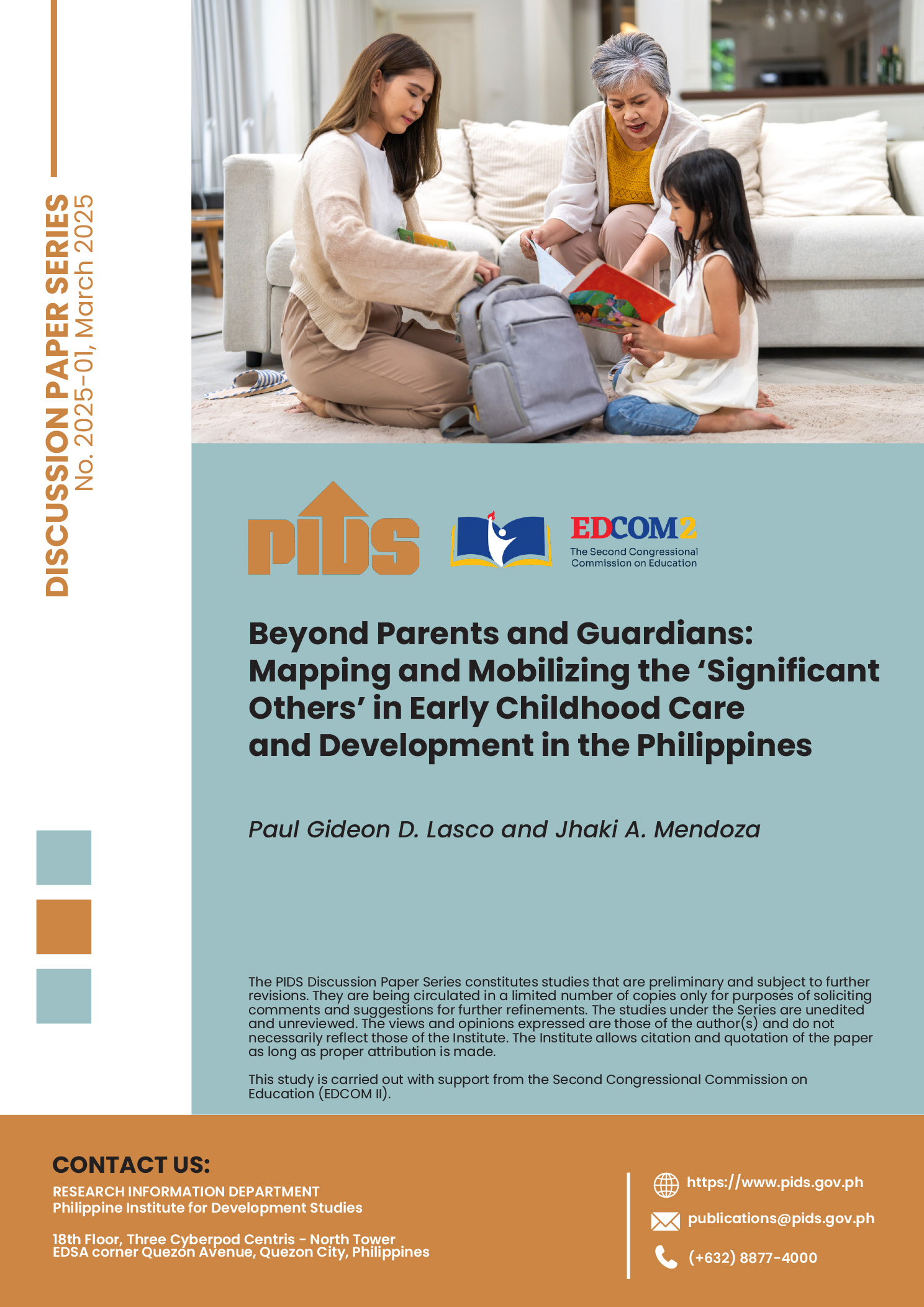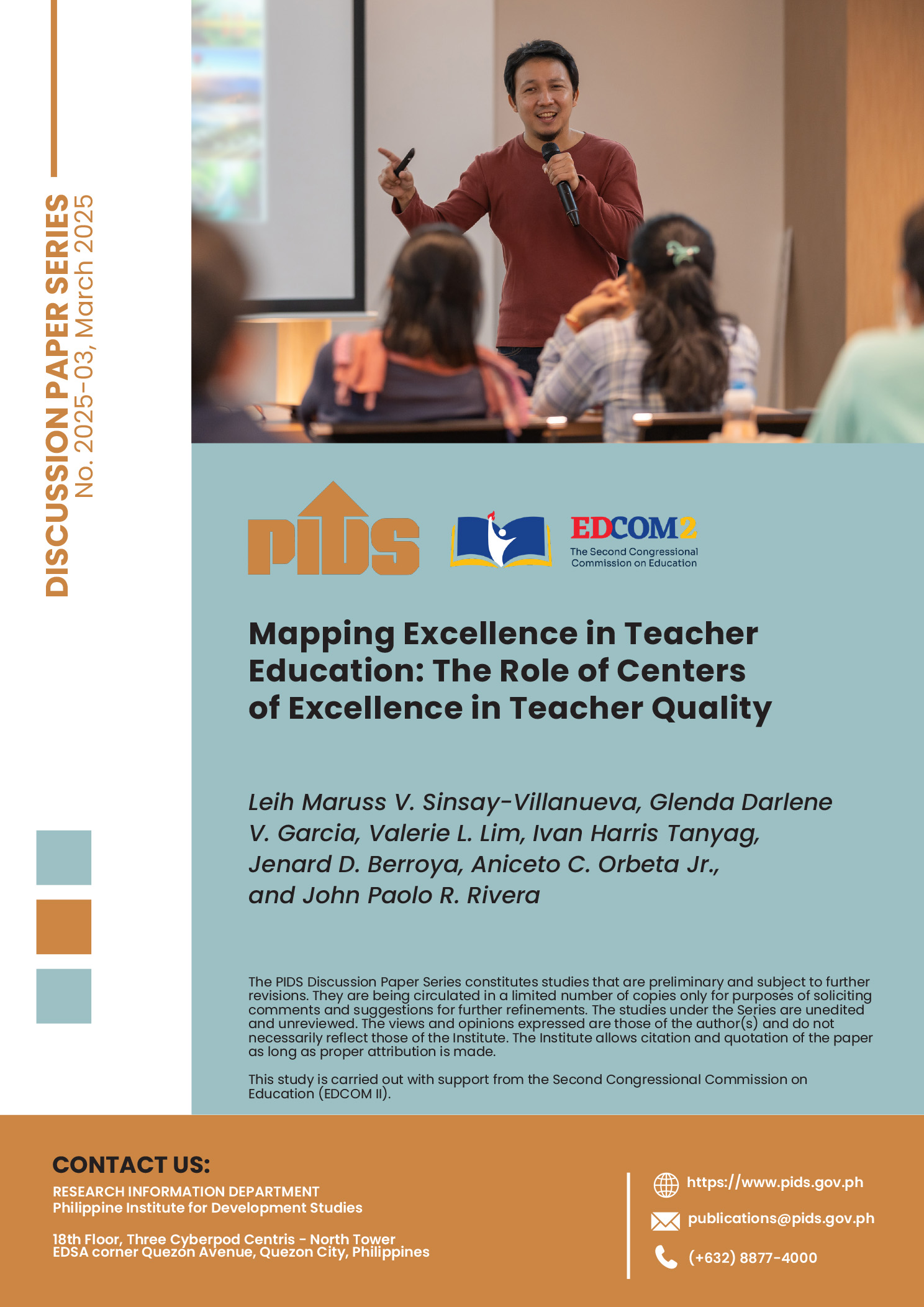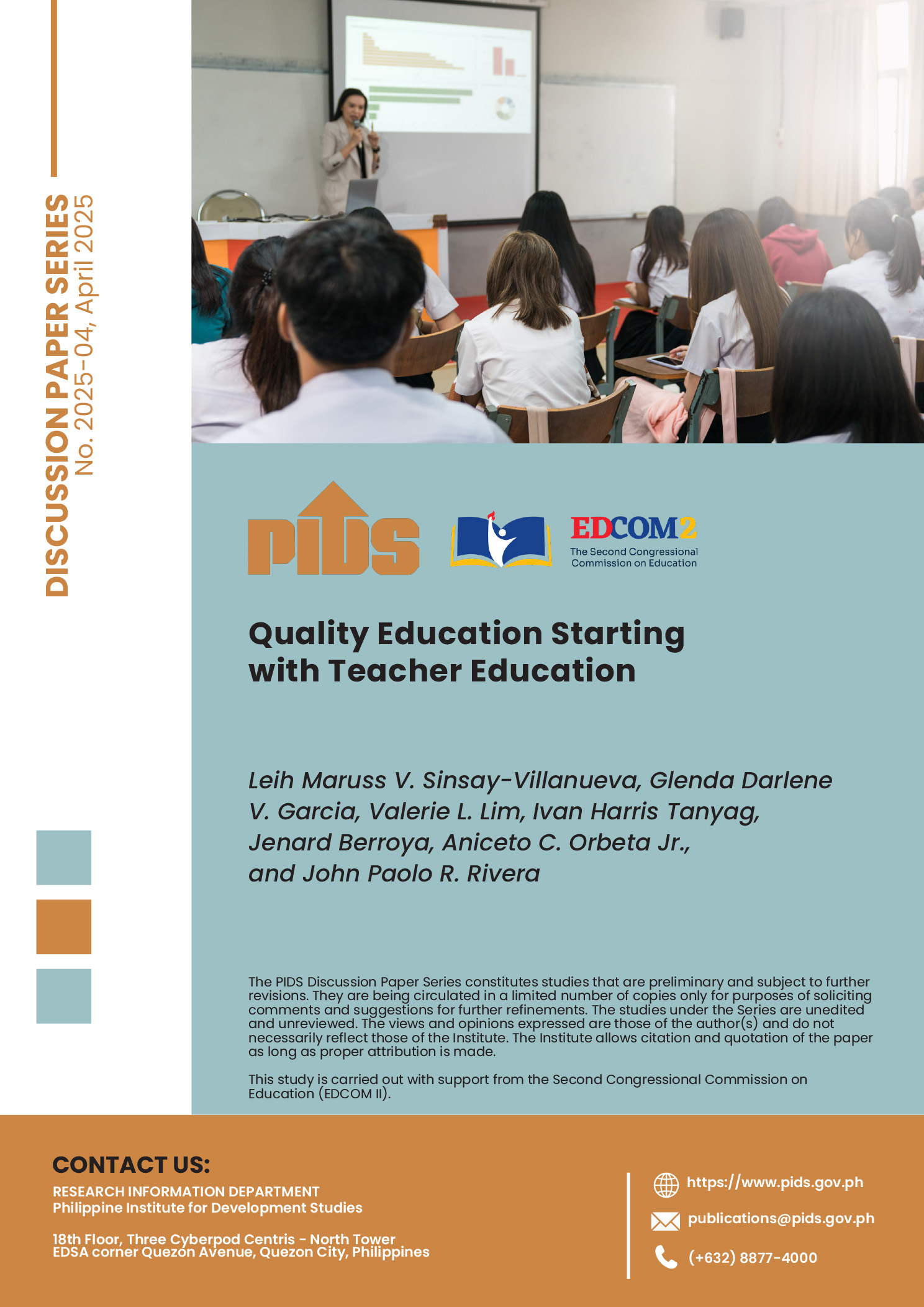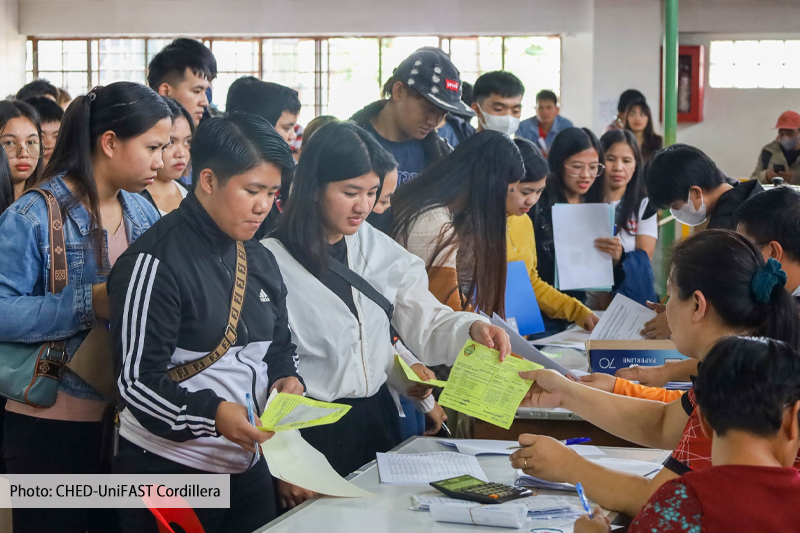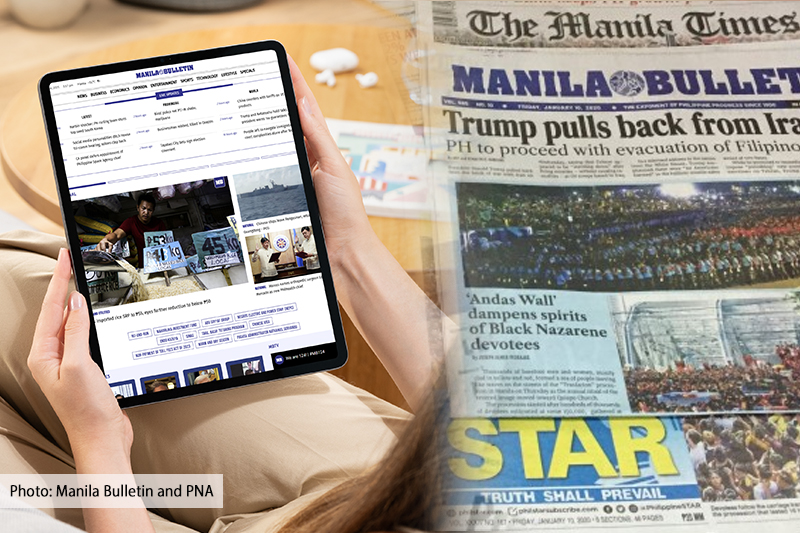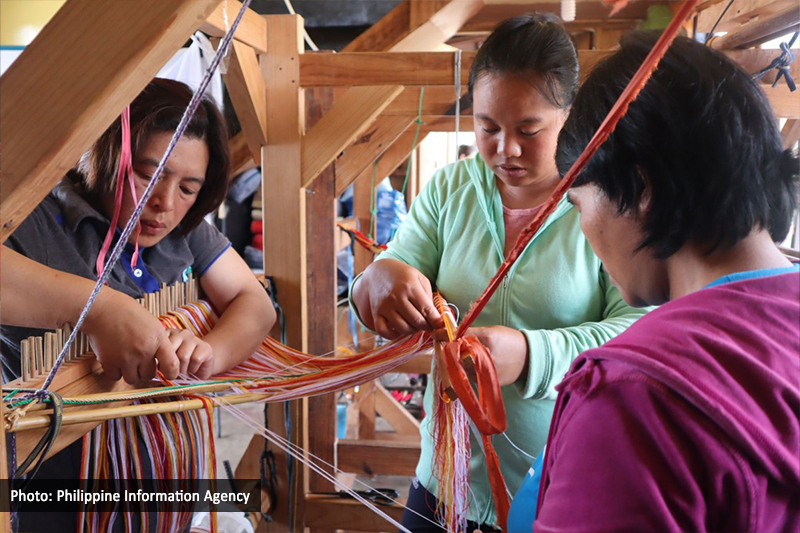The Philippines needs to beef up its innovation capacity, according to the Philippine Institute for Development Studies (PIDS) after the Philippins ranked 73rd among 127 countries and fifth among Asean in the Global Innovation Index (GII), ranking fifth among seven Asean member-states and 73rd among 127 countries.
According to PIDS senior research fellow Jose Ramon Albert, this poor performance can be attributed to the low amount of public expenditures on research and development (R&D), inadequate number of research scientists and engineers, inadequate infrastructure, restrictive regulations that hamper the conduct of research, and the weak linkages of firms engaged in innovation activities with government and the academe.
While the Philippines has had a slight increase in R&D expenditure as a percentage of the gross domestic product (GDP) in recent years, it spends only less than a fifth of one percent of the GDP,” Albert explained further during the seminar on Measuring and Examining Innovation in Philippine Business and Industry held at PIDS recently.
The United Nations Educational, Scientific, and Cultural Organization recommends that developing countries spend one percent of their GDP on R&D, Albert said. The Philippines’ spending level falls below that of Singapore (2.4 percent) and Malaysia (1.3 percent) and even that of Thailand (0.5 percent) and Viet Nam (0.2 percent).
Albert noted that the low spending issue on R&D activities is an old concern that reflects the little priority to science, technology, and innovation in the country.
To foster innovation in the Philippines, Albert, citing his 2015 Survey of Innovation Activities, stressed the importance of human capital investment. “R&D spending will have little impact without a vast pool of well-trained engineers and scientists, and human resources. For instance, China’s progress can partly be attributed to its decision to open up to innovation and invest in human capital,” he said.
Albert also recommended giving assistance to micro, small, and medium enterprises (MSMEs) in terms of financial and training support. But this should be ‘targeted’ because helping MSMEs without focus can be a recipe for disaster, he emphasized.
>Strengthening linkages between knowledge producers and users can also improve the innovation climate in the country. According to Albert, the government will need to actively promote the free exchange of ideas and flow of knowledge from outside companies.
;Establishments, especially large firms, need to be stimulated to cooperate for innovation rather than being averse to networking with their competitors. Improving networking and promoting linkages and collaboration among the government, industry associations, and universities and research institutions must be pursued vigorously and should be given far better budgets than what is currently available,” he said.
Further, Albert proposed that government should look into regulatory frameworks, as regulators may have a tendency to focus more on implementing regulations (that may not be always applicable to changing environments) than prioritizing the ultimate goal of public welfare.
One can only look at the current regulatory scrutiny of the LTFRB over Grab and Uber, as an example. Regulators and legislators have to seriously examine the extent to which regulations are becoming barriers to innovation and encouraging monopolistic positions in a market,” he commented.
Albert also urged the adoption of a ‘whole of government approach’ to widely promote and encourage innovation in the Philippines.
National government agencies, local government units, and legislators need to work in tandem with academe and the business sectors to foster innovation. The government needs to provide more leadership in bringing people and institutions together, and it is important to have one voice over the cacophony of discordant voices we may hear from various government entities,” he pointed out.
In particular, Albert enjoined government to focus on: removing barriers and bottlenecks to innovative initiatives in regulatory frameworks; providing meaningful and impactful support to innovators; investing in required technology, research infrastructure, and R&D researchers; and carrying out appropriate reforms in education, the investment climate, and trade.
According to PIDS senior research fellow Jose Ramon Albert, this poor performance can be attributed to the low amount of public expenditures on research and development (R&D), inadequate number of research scientists and engineers, inadequate infrastructure, restrictive regulations that hamper the conduct of research, and the weak linkages of firms engaged in innovation activities with government and the academe.
While the Philippines has had a slight increase in R&D expenditure as a percentage of the gross domestic product (GDP) in recent years, it spends only less than a fifth of one percent of the GDP,” Albert explained further during the seminar on Measuring and Examining Innovation in Philippine Business and Industry held at PIDS recently.
The United Nations Educational, Scientific, and Cultural Organization recommends that developing countries spend one percent of their GDP on R&D, Albert said. The Philippines’ spending level falls below that of Singapore (2.4 percent) and Malaysia (1.3 percent) and even that of Thailand (0.5 percent) and Viet Nam (0.2 percent).
Albert noted that the low spending issue on R&D activities is an old concern that reflects the little priority to science, technology, and innovation in the country.
To foster innovation in the Philippines, Albert, citing his 2015 Survey of Innovation Activities, stressed the importance of human capital investment. “R&D spending will have little impact without a vast pool of well-trained engineers and scientists, and human resources. For instance, China’s progress can partly be attributed to its decision to open up to innovation and invest in human capital,” he said.
Albert also recommended giving assistance to micro, small, and medium enterprises (MSMEs) in terms of financial and training support. But this should be ‘targeted’ because helping MSMEs without focus can be a recipe for disaster, he emphasized.
>Strengthening linkages between knowledge producers and users can also improve the innovation climate in the country. According to Albert, the government will need to actively promote the free exchange of ideas and flow of knowledge from outside companies.
;Establishments, especially large firms, need to be stimulated to cooperate for innovation rather than being averse to networking with their competitors. Improving networking and promoting linkages and collaboration among the government, industry associations, and universities and research institutions must be pursued vigorously and should be given far better budgets than what is currently available,” he said.
Further, Albert proposed that government should look into regulatory frameworks, as regulators may have a tendency to focus more on implementing regulations (that may not be always applicable to changing environments) than prioritizing the ultimate goal of public welfare.
One can only look at the current regulatory scrutiny of the LTFRB over Grab and Uber, as an example. Regulators and legislators have to seriously examine the extent to which regulations are becoming barriers to innovation and encouraging monopolistic positions in a market,” he commented.
Albert also urged the adoption of a ‘whole of government approach’ to widely promote and encourage innovation in the Philippines.
National government agencies, local government units, and legislators need to work in tandem with academe and the business sectors to foster innovation. The government needs to provide more leadership in bringing people and institutions together, and it is important to have one voice over the cacophony of discordant voices we may hear from various government entities,” he pointed out.
In particular, Albert enjoined government to focus on: removing barriers and bottlenecks to innovative initiatives in regulatory frameworks; providing meaningful and impactful support to innovators; investing in required technology, research infrastructure, and R&D researchers; and carrying out appropriate reforms in education, the investment climate, and trade.

